4 situations when a digital camera is better than an iPhone camera
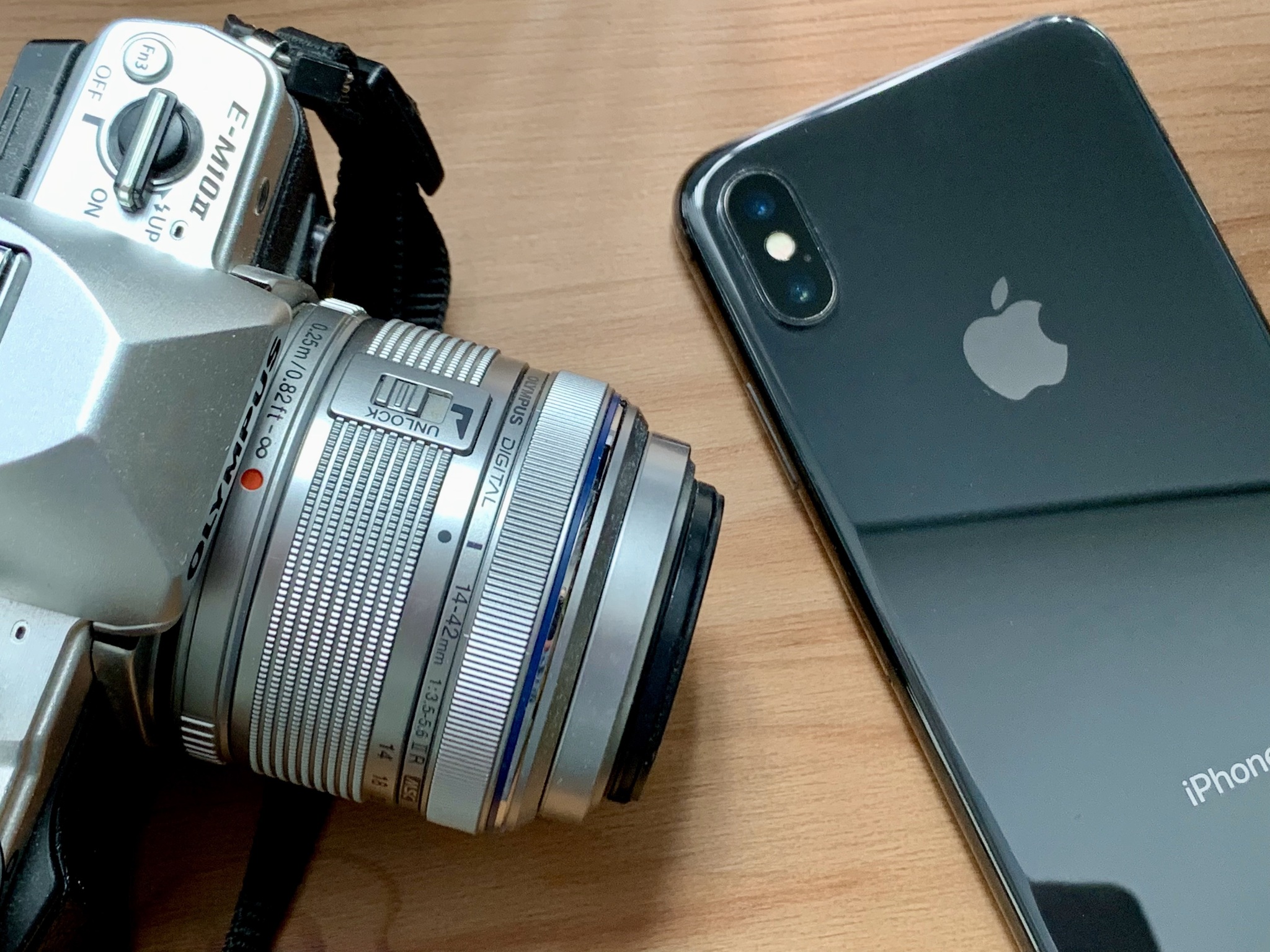
People often say that the best camera is the one you have with you, and for most people, that's a phone like the iPhone. Tons of people take really great pictures on their iPhones every day. Over the years, the iPhone has gotten pretty damn good at taking decent shots; however, the best digital camera will still outperform the best iPhone in many situations.
While it's entirely possible to take great-looking photos with an iPhone, the small sensors, fixed aperture of each lens, and lack of good-quality zoom make it difficult to be as versatile as a dedicated digital camera. Here are four different common situations you might find yourself in where a digital camera is better than an iPhone.
Low-light situations


Source: Joe Keller / iMore and Luke Filipowcz / iMore
If you've ever tried to take a photo with your iPhone at dusk or night, you know how most of those shots just don't turn out. Even with the impressive Night Mode on the iPhone 11 Pro models, the picture will often turn out grainy and out of focus. This is because the sensors inside iPhone cameras are just too small to get enough light into the picture. Plus, unless you have a manual camera app for your iPhone, you can't adjust the shutter speed to allow more time for light to get into the shot.
You can probably tell by looking at the photos above which one is from a digital camera and which one is from an iPhone, but this illustrates my point very well. The picture of the fox was taken on my iPhone X, and it's just grainy and blurry because of the lack of light. I couldn't adjust the shutter speed, and I only had the fixed aperture of the iPhone lens, meaning I couldn't get enough light into my photo to make the image clear.
When you take a photo in low-light with a digital camera, you have the option to adjust your settings accordingly, and plenty of lenses for DSLR and mirrorless cameras have super-wide apertures and large sensors that make low-light photography much easier.
Action shots
Actions shots are some of the hardest shots to take, even when you do have a digital camera, but they are near impossible to take well on an iPhone. It's because the iPhone can't zoom in enough on the action and maintain a clear picture.
Master your iPhone in minutes
iMore offers spot-on advice and guidance from our team of experts, with decades of Apple device experience to lean on. Learn more with iMore!
If you ever see a photographer at a sporting event — like an NHL game — you won't see them use an iPhone to snap pictures of the action; you'll see them use some sort of digital camera. Attached to their cameras will likely be a long lens — known as a telephoto lens — that are meant to be able to get you close to the action when you're far away. Even though newer iPhone models have a 2x telephoto lens, there's no way you will get close enough to get any decent photo.
Again, shutter speed plays a role as well. To get a clear and crisp action shot without any motion blur takes a very high shutter speed — something the iPhone just isn't capable of doing. Whether you're heading to an NFL game, or just want to take pictures of your kids playing soccer, a digital camera is better than an iPhone.
Portraits
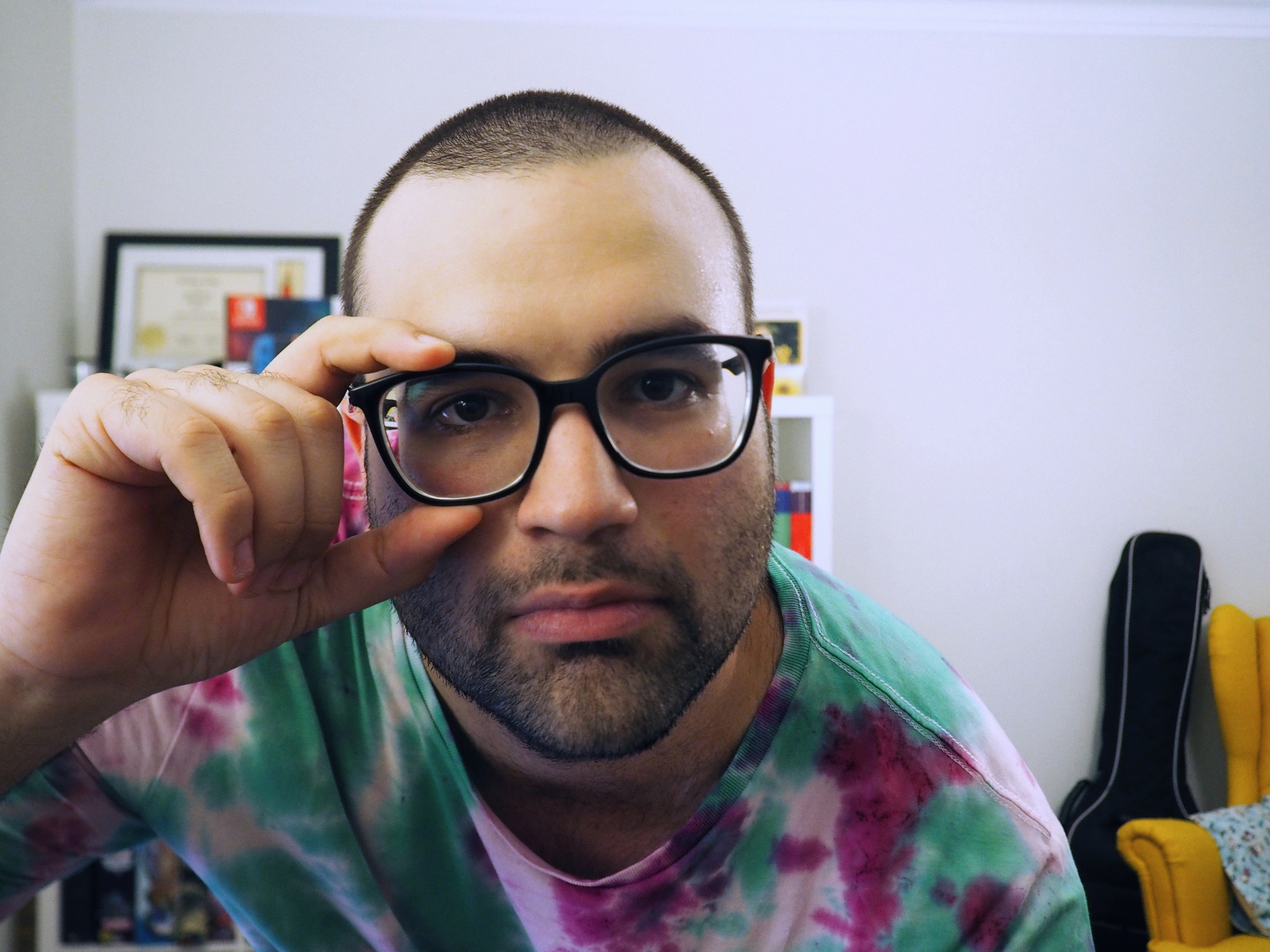
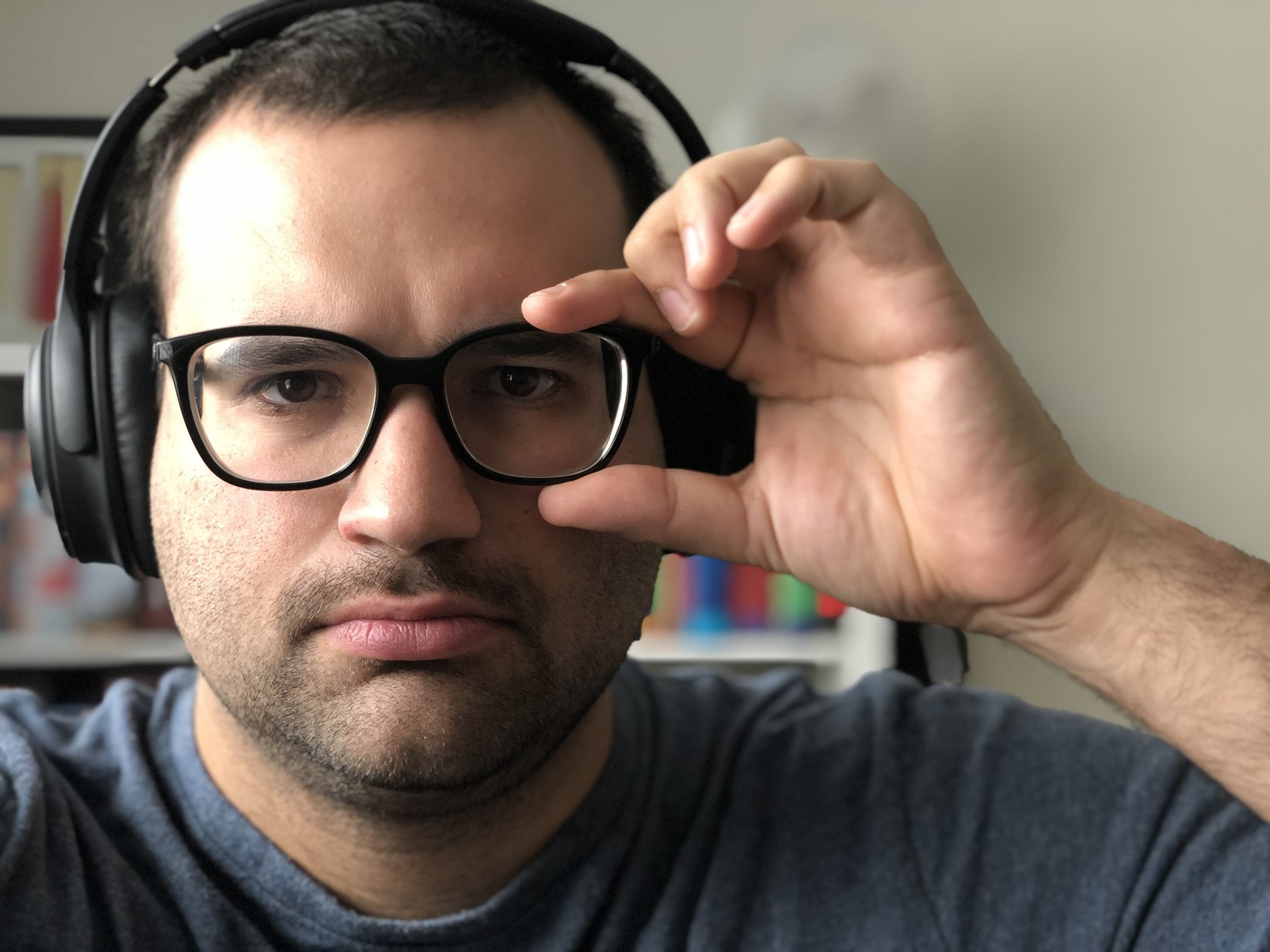
Source: Luke Filipowicz / iMore
Portrait Mode on the iPhone is a super cool and fun feature to play around with, and there are some tips and tricks to taking better pictures with Portrait Mode, but when you stack up the iPhone next to a digital camera, it's no contest.
At a glance, the two images above look relatively similar, but if you take a closer look (you can click on the photos to make them larger), you'll start to see the differences in quality. The photo above on the right was taken using Portrait Mode on the iPhone, and if you look at the edges of my face, shirt, and hand, you'll notice a lot of weird jagged lines. This is because the iPhone uses a lot of software to detect the edges of your subject and separate it from the background. The software can sometimes nail it, but more often than not, it ends up looing a little janky.
If you take the picture to the left, I took that with my Olympus mirrorless camera, and the edges are much more defined and don't have any jagged bits. You'll also notice that while the background is blurred, it's a much more subtle blur than the iPhone photo. Once again, the iPhone software is blurring the background artificially to give the effect of an extreme blur. In contrast, my Olympus camera is naturally focusing on me, making the background blur based on distance and the lens I chose to use.
While newer iPhones do have Depth Control, which allows you to control the amount of background blur in your Portrait Mode photos, you still won't have the same control that a digital camera provides.
Wildlife photography

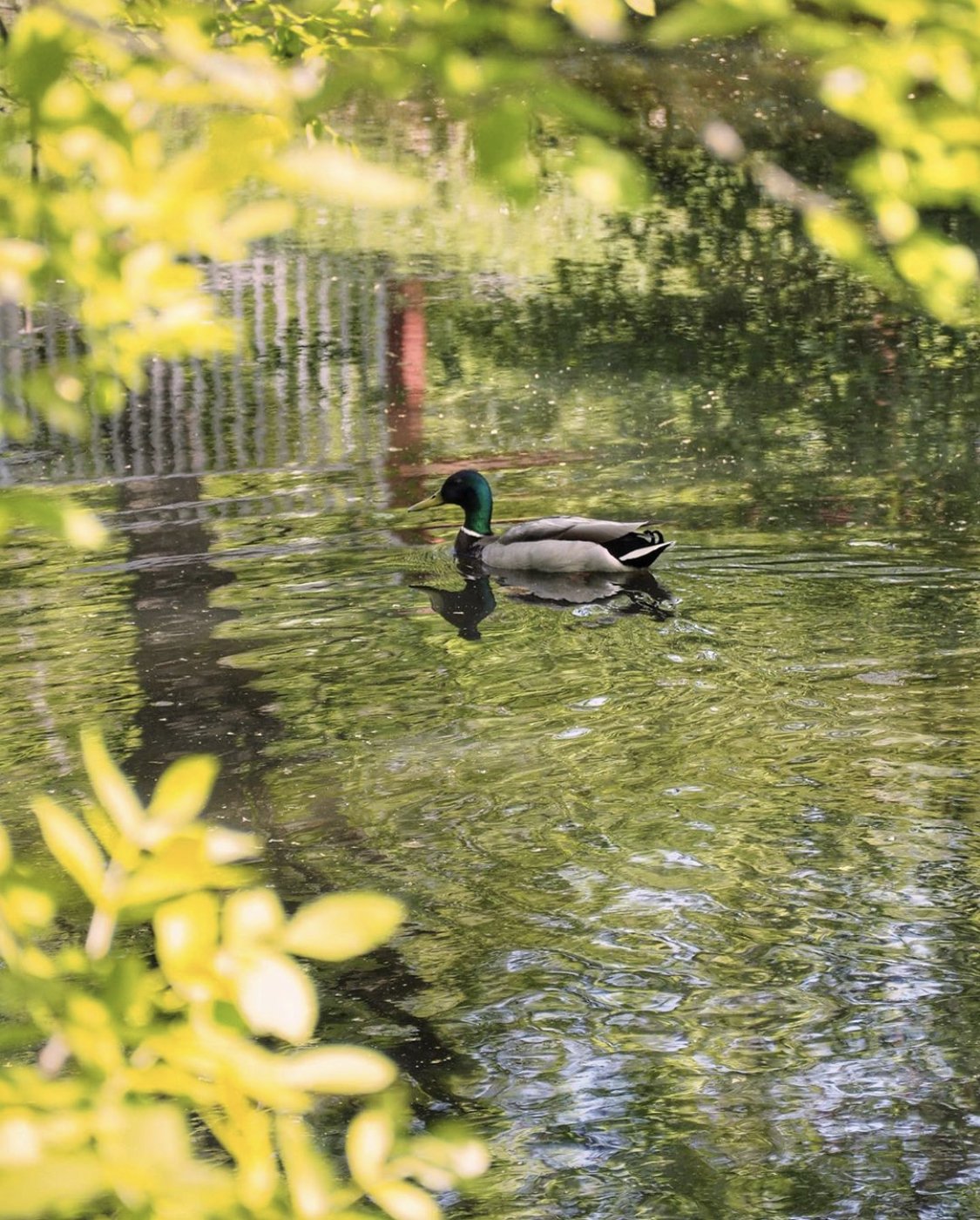
Source: Luke Filipowicz / iMore
If you're heading into the bush, the park, or out to the lake hoping to grab some cute photos of the wild critters around you, a digital camera is better than an iPhone for a lot of the same reasons that action shots are better on a digital camera.
Most wildlife won't come right next to you and pose for a photo, meaning you're going to have to zoom in on the bird, duck, or another animal you're trying to frame in your shot. As I mentioned before, the optical zoom on your iPhone just doesn't get you close enough to your subject if you're trying to get a close-up, and if you try zoom further in with digital zoom, you'll very quickly distort the picture. Your pixels will get big and chunky, and your photo will look more like a LEGO than anything else.
The other reason a digital camera is so good at wildlife photography is that you can manually focus your image to ensure that the creature you're snapping a photo of is nice and crisp, even if you're shooting through tree branches or other obstacles. The autofocus of the iPhone is hit or miss sometimes, and when it comes to focusing on the right subject, which makes framing up your shot pretty tricky.
Level up your photography game
I'm not saying you need to stop shooting photos with your iPhone. I use my iPhone for all sorts of shots every day and have been pleasantly surprised with the results many times. It's great to have a capable camera right in your pocket at all times, but that doesn't mean the iPhone camera doesn't have any shortcomings.
A digital camera is better than an iPhone at taking pictures in many different situations, and if you're looking to up your photography game —especially in any of the situations listed above — getting yourself a digital camera will help you out a lot.
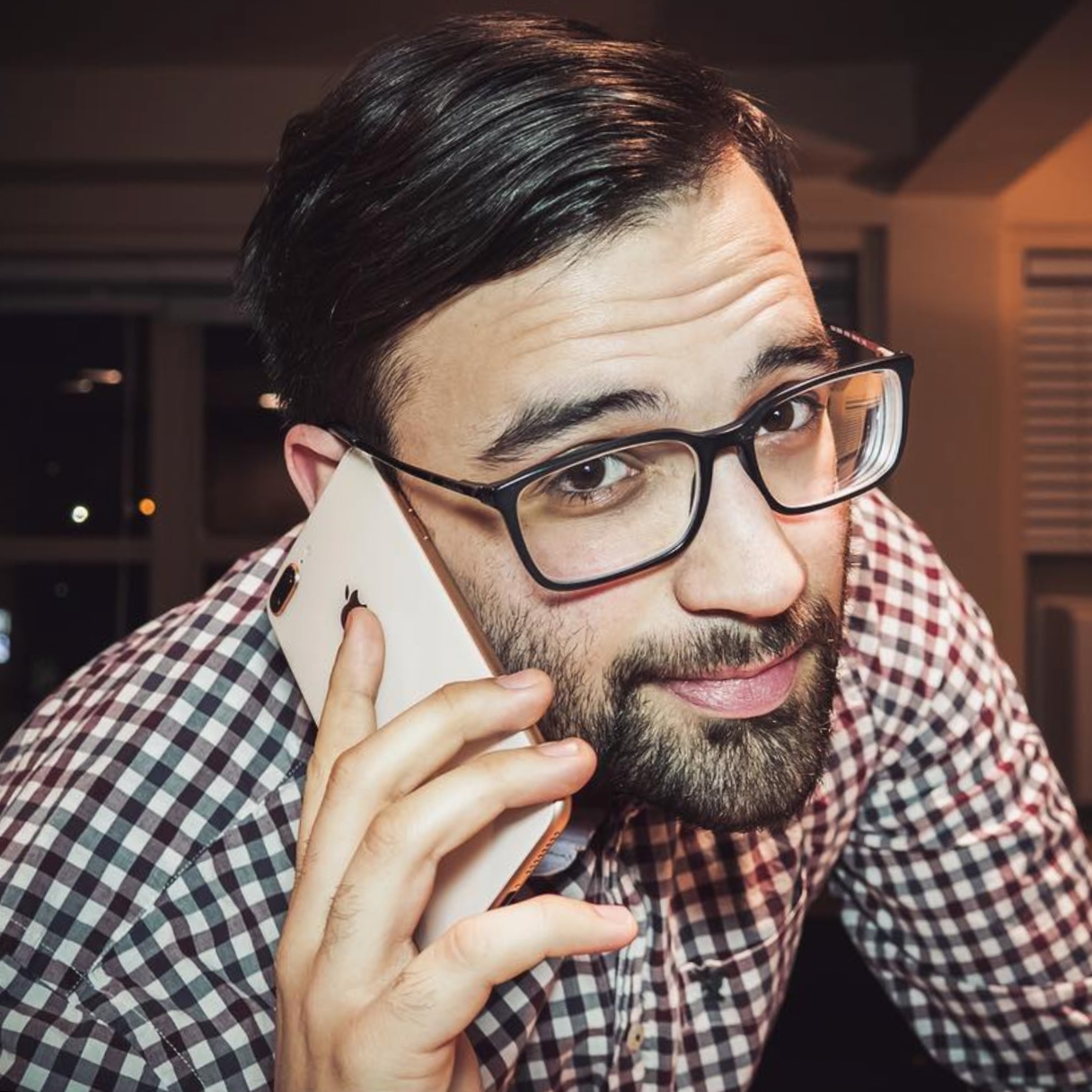
Luke Filipowicz has been a writer at iMore, covering Apple for nearly a decade now. He writes a lot about Apple Watch and iPad but covers the iPhone and Mac as well. He often describes himself as an "Apple user on a budget" and firmly believes that great technology can be affordable if you know where to look. Luke also heads up the iMore Show — a weekly podcast focusing on Apple news, rumors, and products but likes to have some fun along the way.
Luke knows he spends more time on Twitter than he probably should, so feel free to follow him or give him a shout on social media @LukeFilipowicz.
